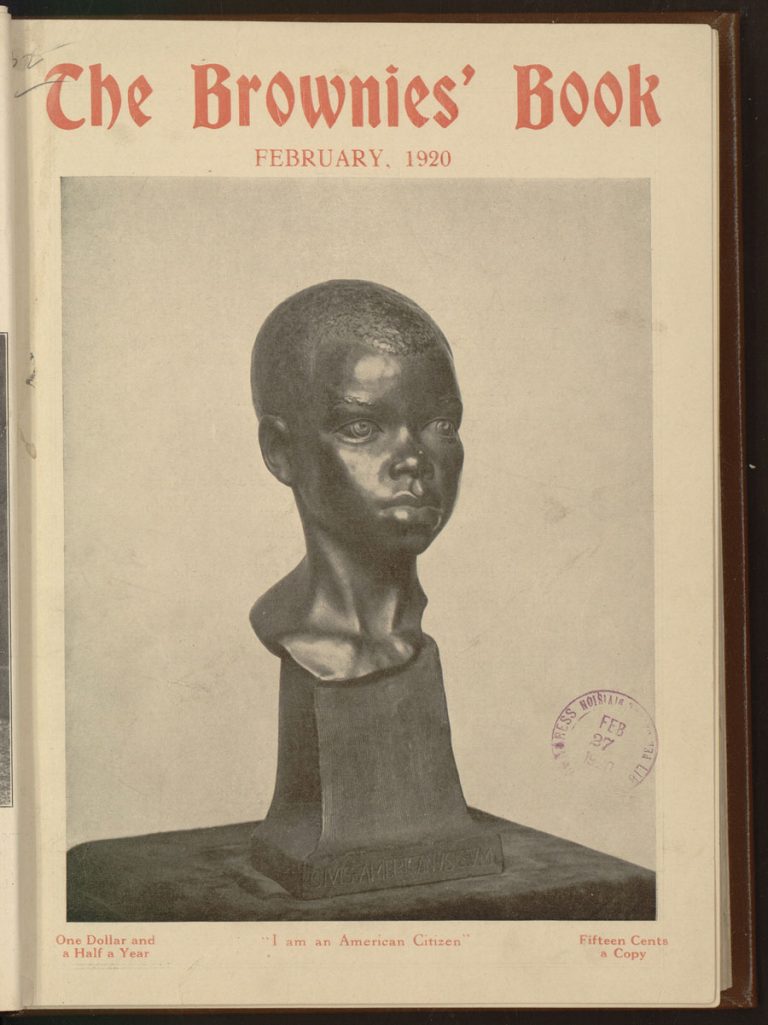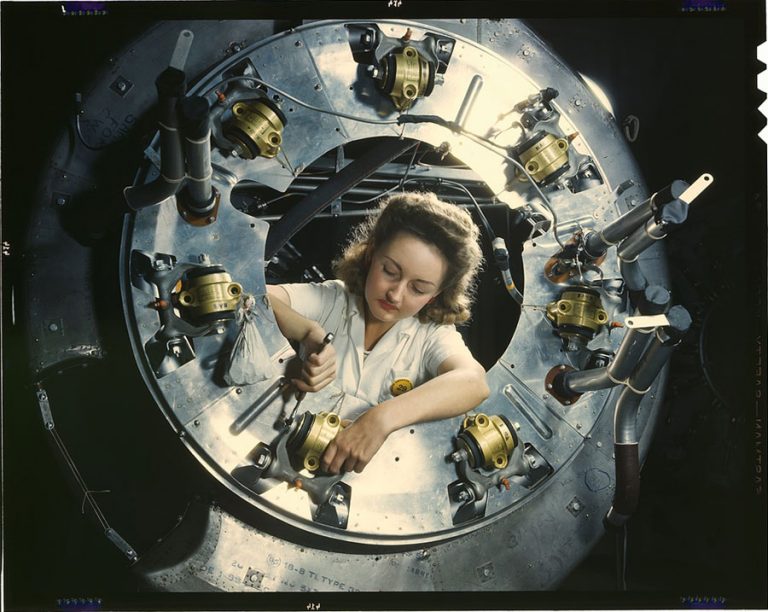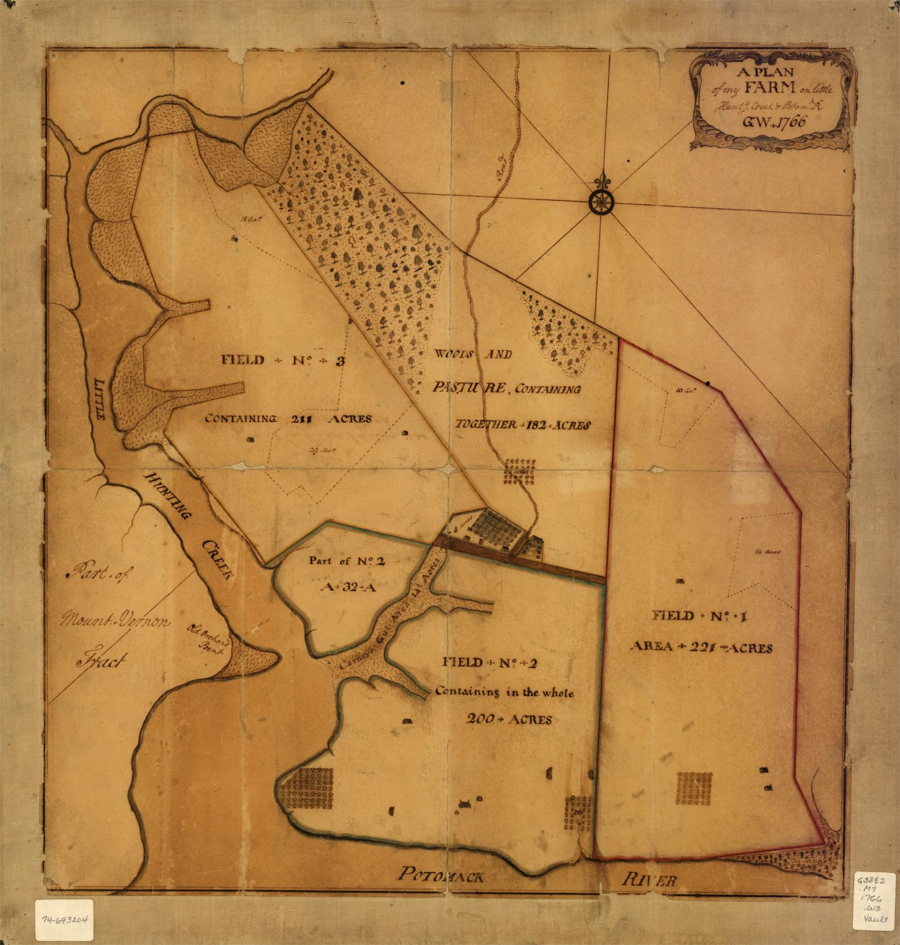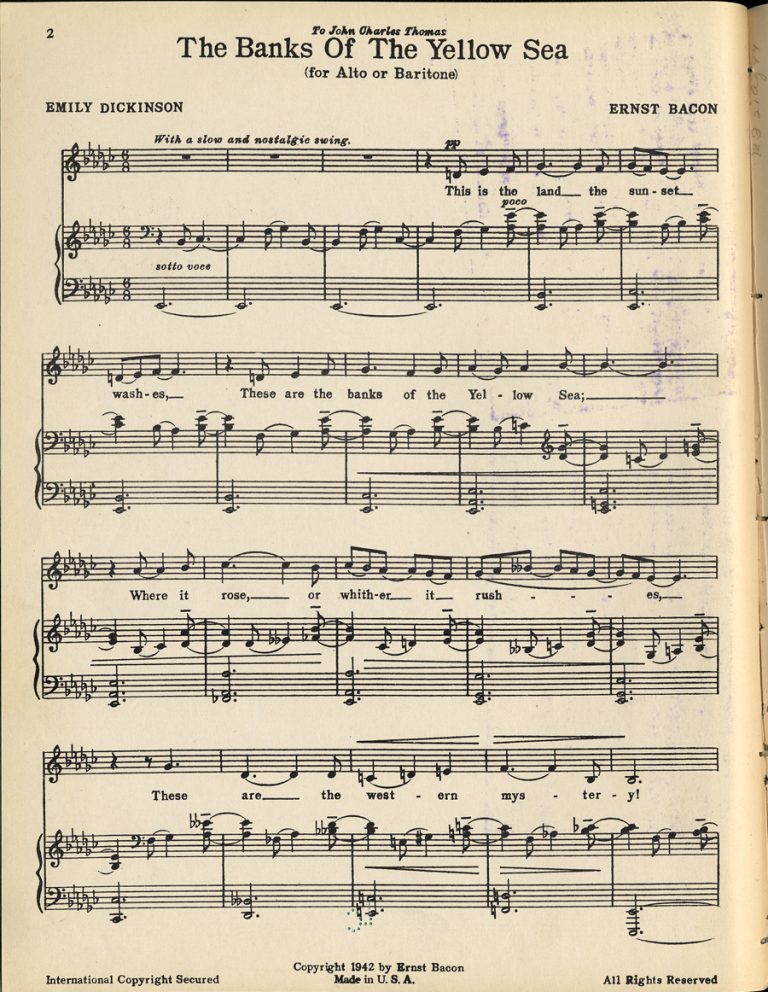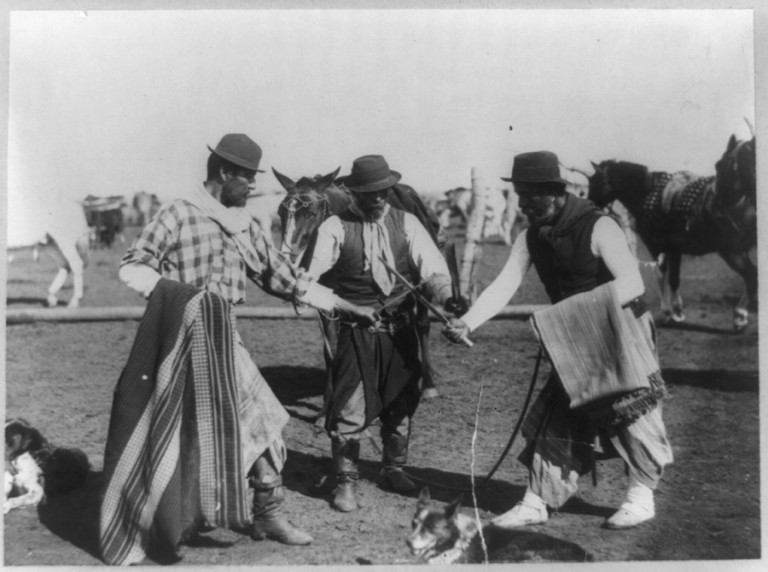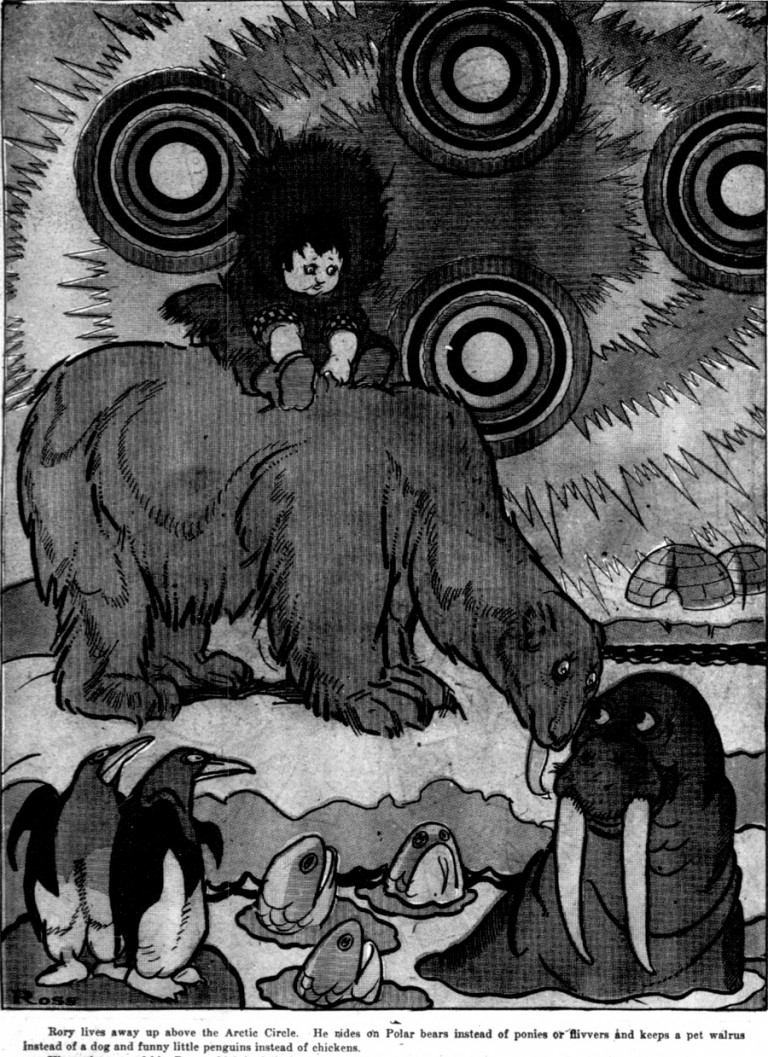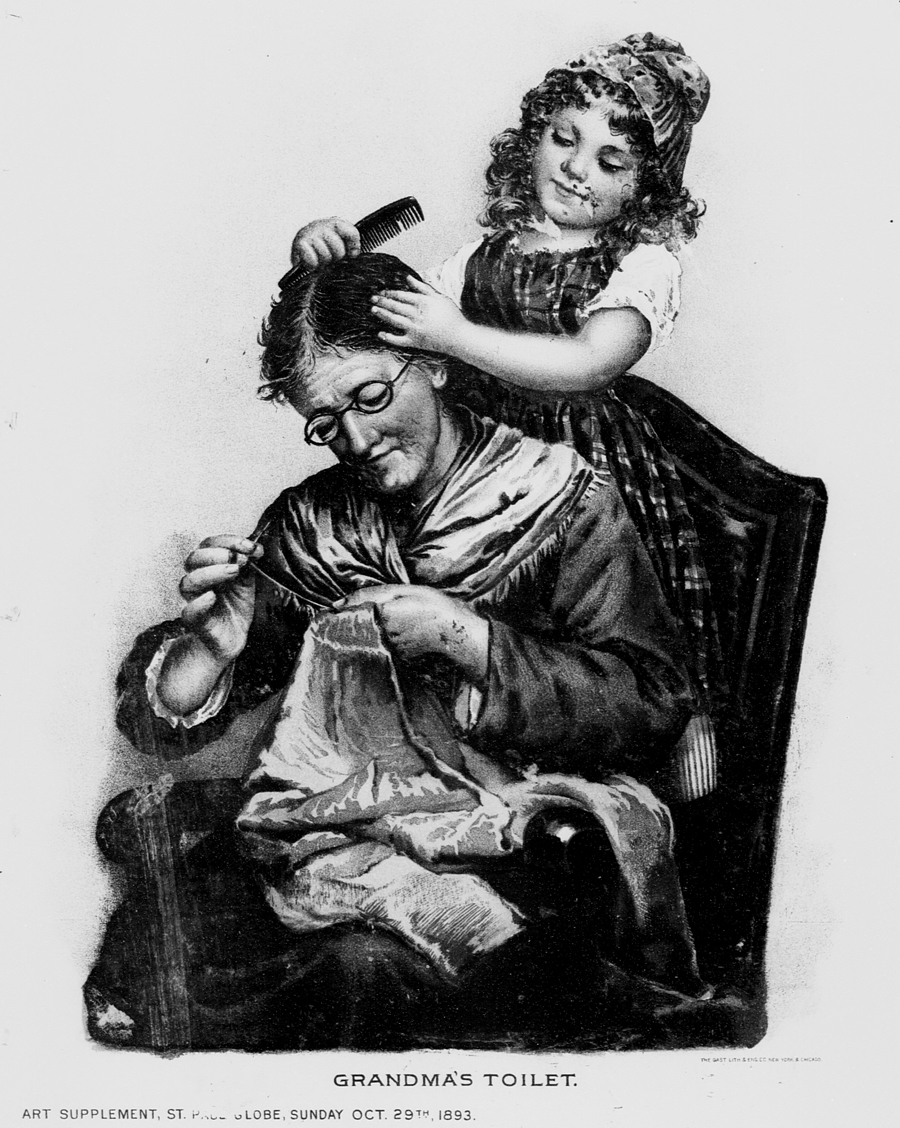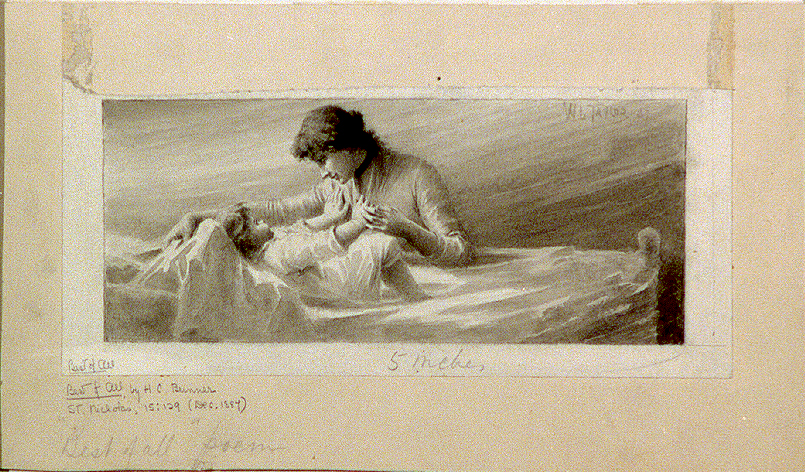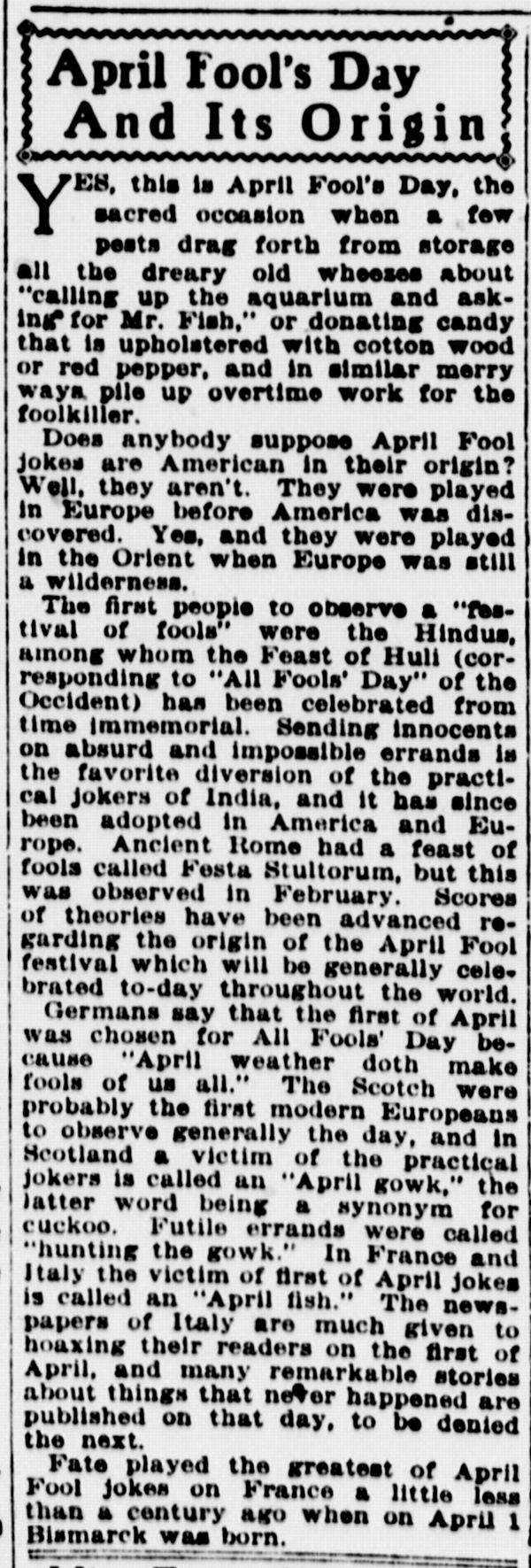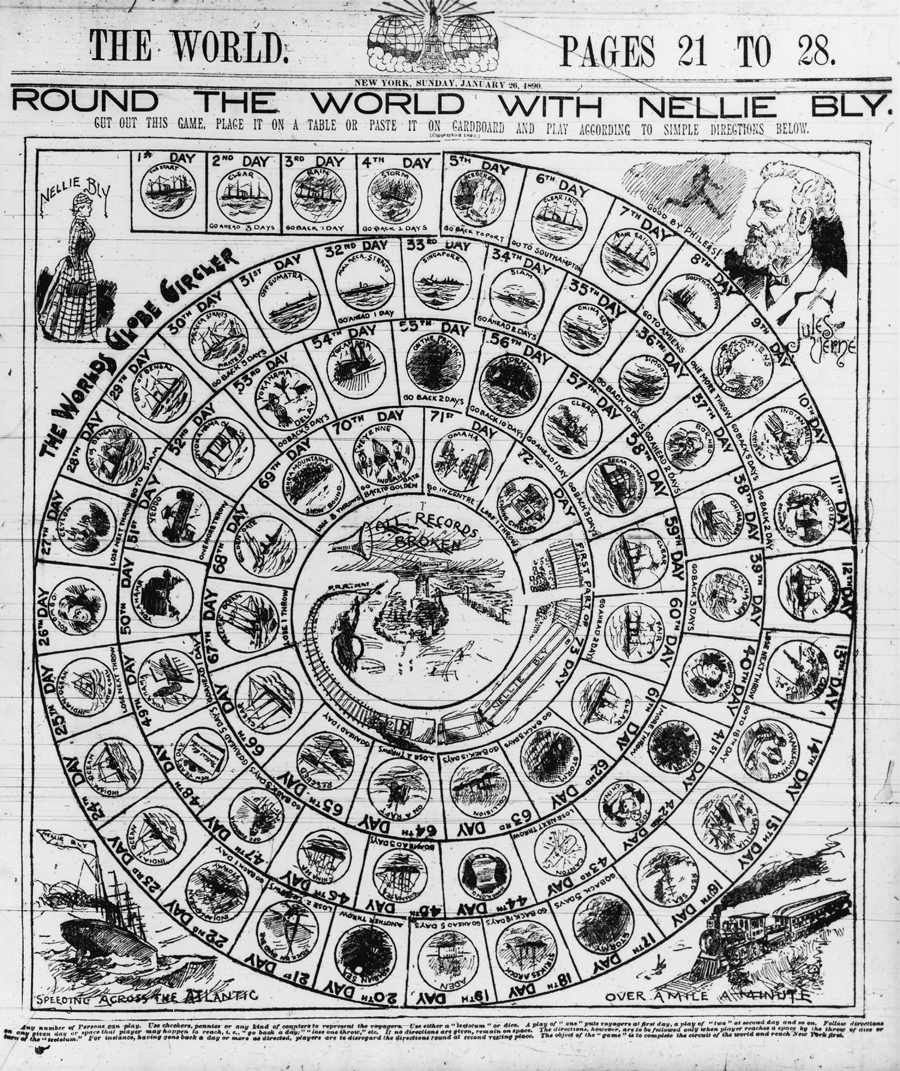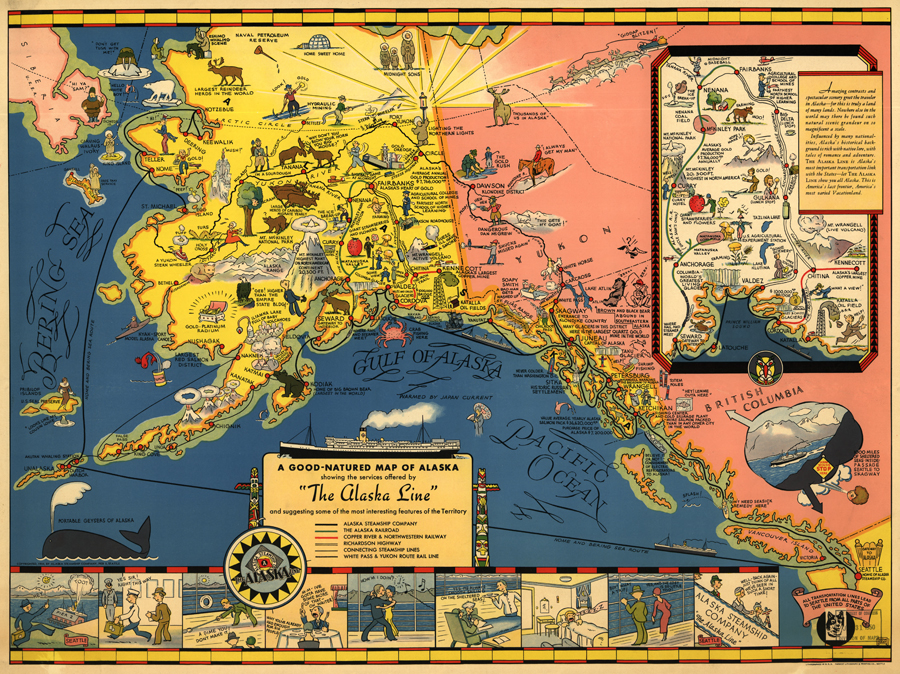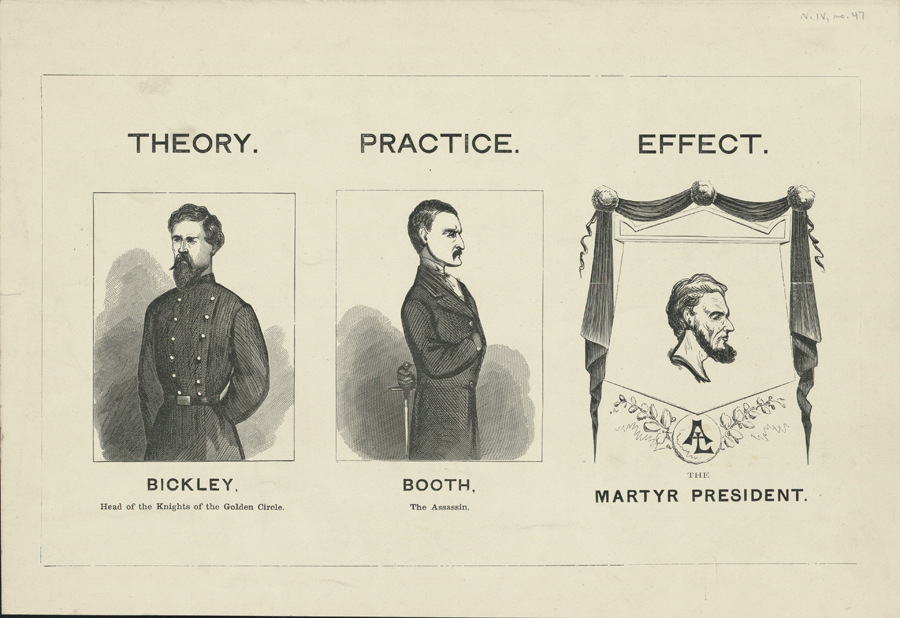Guided Primary Source Analysis: The Brownies’ Book
In a group, complete a quick primary source analysis of the image above to note what you see, what you think or feel about what you see, and any questions that you have. Based on your analysis, what do you think the Brownies’ Book was and why do you think it was created? Then review…

